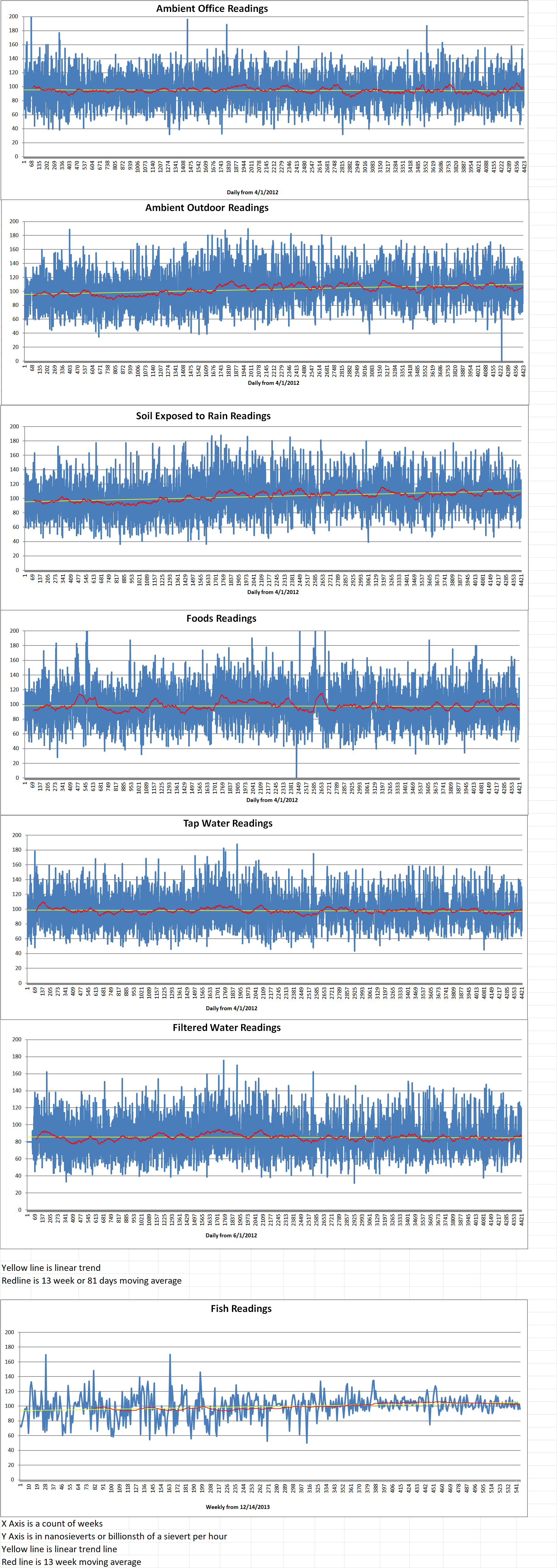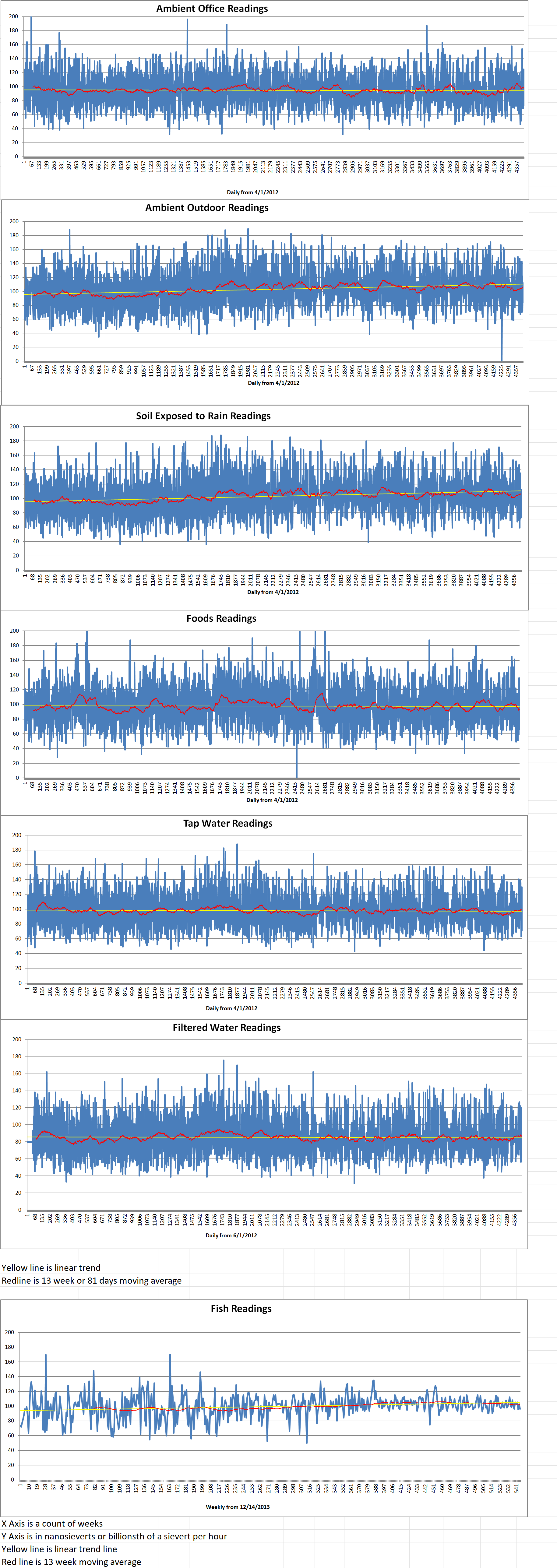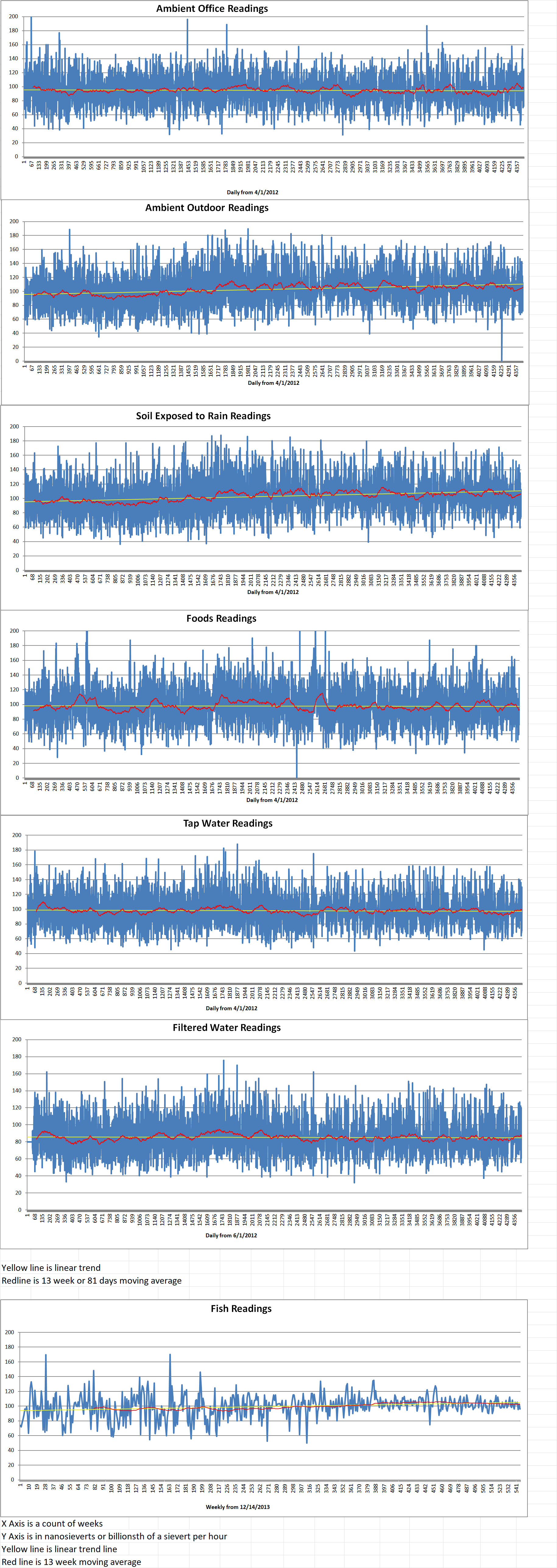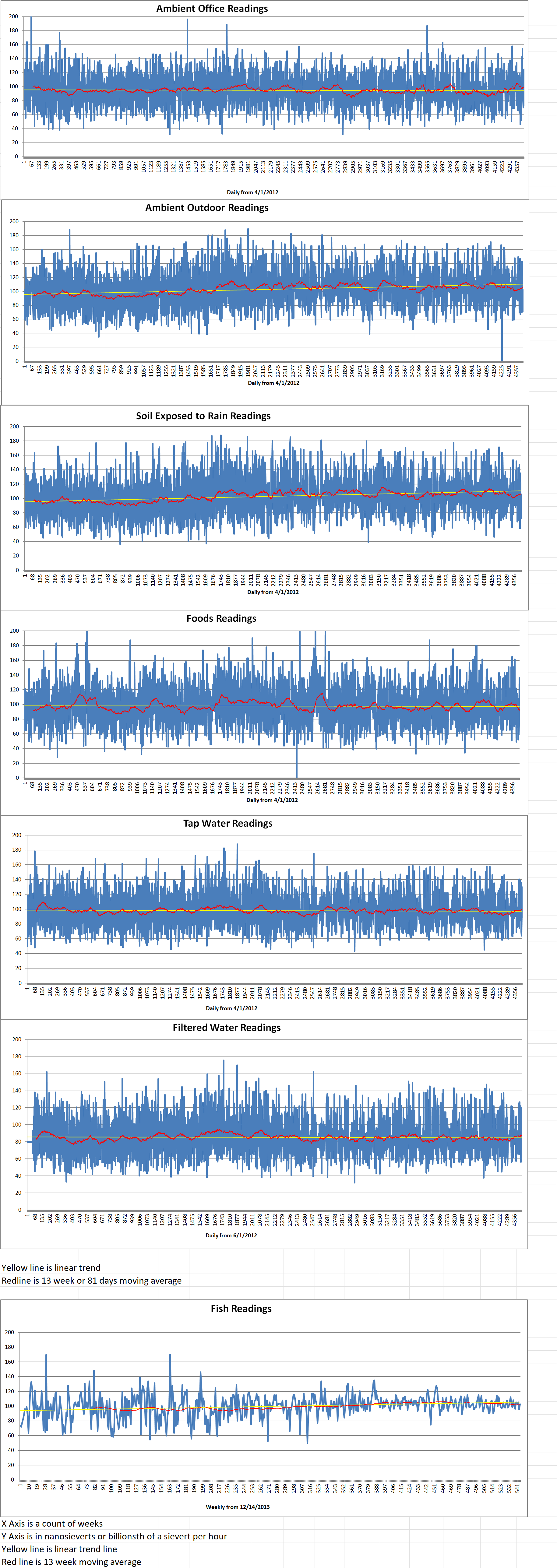Nuclear fission reactors already provide air-pollution-free power from 54 plants in 28 states. The locations account for just more than eighteen percent of the electricity generation in the U.S. However, the plants produce long-lasting radioactive waste. Rare and well-publicized meltdowns are also possible in nuclear fission reactors, but they are rare.
Physicist Amory Lovins is the co-founder of Colorado clean energy think tank Rocky Mountain Institute, He said that fission nuclear plants are increasingly costly to develop. He added that sun and wind projects are better choices for grid-level energy production.
Fusion is put forward by proponents as a nuclear solution that addresses most of the concerns. Fusion combines the nuclei of atoms to make energy, while fission splits them apart. Both reactions happen by slamming two nuclei together as part of a process involving enormous speeds and temperatures.
Pacific Fusion is a startup researching nuclear fusion founded by Eric Lander, Will Regan, Keith LeChien, Carrie von Muench, and Leland Ellison. They say on their website that “Fusion is what powers the stars, where hydrogen is squeezed into helium … Fusion could be the ideal power source — emitting no CO2, requiring far less materials and land than other power sources, and offering billions of years of nearly free, globally accessible fuel. The challenge is making affordable systems to use that fuel.”
Pacific’s fusion reactor looks a quite different than the typical doughnut-shaped tokamaks being developed by experts in southern France and elsewhere to safely contain fusion reactions. Pacific’s device is made of rows of stacked tubes angled toward a dome-shaped chamber at the center, according to a company-published artist’s drawing.
In the Pacific fusion reactor, electromagnetically compressed energy pulses at 100 billionths of a second are of being sent through transmission lines, where they are coupled by two electrodes before hitting a small container of deuterium-tritium fuel. Once there, they causes a crucial fusion reaction.
Pacific claims that it uses “established science” and “proven engineering” vetted by experts in government labs. The company started the effort to bring the pulsed magnet fusion concept to market in 2023 after realizing its viability with low-cost materials and maintenance.
The founders wrote that “Our fuel is vastly cheaper than fossil fuels, even accounting for consumables such as fuel containers.”
If the Pacific design can be safely scaled, the energy source could increase the country’s share of power produced with little or no heat-trapping fumes, resulting in planetwide benefits.
The National Oceanic and Atmospheric Administration reports that air pollution can dissolve into seawater, causing acidification that harms marine life. That is a serious problem because seafood feeds about three billion people worldwide. The industry also provides an income for up to twelve percent of the world’s population, all noted by the Nature Conservancy.
In the short term, people can help reduce pollution by switching to LED lights, which produce five times less planet-warming fumes than traditional bulbs. This easy upgrade can save six hundred dollars per year when forty bulbs are replaced in the average house.
Eventually, LEDs may be powered with help from energy pulses and fusion reactions. The Pacific team has nine hundred million dollars in funding from investors to support its work, with the goal of building a device that creates more energy than is needed to operate, according to the company.
The founders wrote that “We have a clear path toward achieving these goals, and we’re well on our way to completing our first major milestones.”
Blog
-

Nuclear Fusion 96 – Pacific Fusion Researching Unique Design For Fusion Reactor
-
Nuclear News Roundup Dec 09, 2024
UK assessment of BWRX-300 progresses to second step world-nuclear-news.org
Rosatom starts reactor tests aiming to increase nuclear fuel enrichment world-nuclear-news.org
UK to develop transport capability for HALEU world-nuclear-news.org
Australian Opposition Goes Nuclear, $211 Billion Plan Could Open Doors For Uranium Miners finance.yahoo.com
-

Geiger Readings for Dec 09, 2024
Ambient office = 121 nanosieverts per hour
Ambient outside = 129 nanosieverts per hour
Soil exposed to rain water = 126 nanosieverts per hour
Tomato from Central Market = 95 nanosieverts per hour
Tap water = 97 nanosieverts per hour
Filter water = 83 nanosieverts per hour
-
Nuclear News Roundup Dec 08, 2024
Top 5 Nuclear Powers Convene to Discuss Nuclear Doctrines al24news.com
Grossi restates key role for IAEA, after agency vehicle hit by drone world-nuclear-news.org
LIS Technologies and NANO Nuclear Energy are One of Six Awarded U.S. Department of Energy globalnews.com
Joe Biden Under Pressure To Take Away Donald Trump’s Nuclear War Power newsweek.com
-

Geiger Readings for Dec 08, 2024
Ambient office = 92 nanosieverts per hour
Ambient outside = 97 nanosieverts per hour
Soil exposed to rain water = 93 nanosieverts per hour
Red bell pepper from Central Market = 66 nanosieverts per hour
Tap water = 111 nanosieverts per hour
Filter water = 94 nanosieverts per hour
-
Nuclear News Roundup Dec 07, 2024
New Energy Policy Will Set Nuclear Share Target Of 20% By 2040 nucnet.org
Carbon-14 diamond battery is world first, say UK scientists world-nuclear-news.org
AtkinsRéalis selected for Energy Northwest SMR project world-nuclear-news.org
Russia’s Naval Nuclear Forces Modernized and Fully Prepared, Commander-in-Chief al24news.com
-

Geiger Readings for Dec 07, 2024
Ambient office = 89 nanosieverts per hour
Ambient outside = 112 nanosieverts per hour
Soil exposed to rain water = 112 nanosieverts per hour
Mini cucumber from Central Market = 100 nanosieverts per hour
Tap water = 71 nanosieverts per hour
Filter water = 61 nanosieverts per hour
Dover Sole from Central = 96 nanosieverts per hour
-

Nuclear Fusion 95 – Princeton Plasma Physics Laboratory Working On Spin Polarization For Nuclear Fusion – Part 2 of 2 Parts
Part 2 of 2 Parts (Please read Part 1 first)
Ahmed Diallo is a PPPL principal research physicist and co-author of the paper. He compares tritium-burn efficiency to the efficiency of a gas stove. Diallo said, “When gas comes out of a stove, you want to burn all the gas. In a fusion device, typically, the tritium isn’t fully burned, and it is hard to come by. So, we wanted to improve the tritium-burn efficiency.”
The PPPL team consulted the fusion community and the broader community involved in spin polarization in their quest to find ways to enhance tritium-burn efficiency. Parisi said, “Fusion is one of the most multidisciplinary areas of science and engineering. It requires progress on so many fronts, but sometimes there are surprising results when you combine research from different disciplines and put it together.”
Quantum spin is very different from the physical spin that a pitcher can put on a baseball. A good pitcher can throw the ball with many different spins. There is a whole continuum of possibilities. However, there are only a few discrete options for the quantum spin on a particle such as up and down.
When two fusion fuel ions have the same quantum spin, it is more likely that they will fuse. Parsi said, “By amplifying the fusion cross section, more power can be produced from the same amount of fuel.”
While current spin-polarization methods don’t align every ion, the gains shown in the PPPL model don’t require one hundred percent spin alignment. In fact, the study demonstrates that even small levels of spin polarization can substantially improve the efficiency of the tritium burn, improving overall efficiency and reducing tritium consumption.
With less tritium required, the size of the fusion power plant can be reduced, making it easier to license, situate and construct. This should lower the operating costs of the fusion system.
Tritium is radioactive, and its radiation is relatively short-lived compared to the spent fuel from nuclear fission reactors. This reduction in the amount of tritium required has safety benefits because it decreases the risk of tritium leakage or contamination.
Parisi said, “The less tritium you have flowing through your system, the less of it will get into the components.” The storage and processing facilities necessary for the tritium can also be made much smaller and more efficient. This makes nuclear licensing easier.
Parsi continued, “People think that the site boundary size is somewhat proportional to how much tritium you have. So, if you can have a lot less tritium, your plant could be smaller, faster to get approved by regulators and cheaper.”
More work is needed to investigate things that will be needed to implement the proposed system but have yet to be fully explored. Schwartz said, “Whether it’s possible to have integrated scenarios that maintain a high-grade fusion plasma with these specific flows of excess fuel and ash from the plasma needs to be determined.”
Diallo said there are also potential problems related to polarization methods, but these create opportunities. He said, “One challenge would be to demonstrate techniques to produce spin-polarized fuel in large quantities and then store them. There’s a whole new technology area that would open up.” -
Nuclear News Roundup Dec 06, 2024
Belarus has dozens of Russian nuclear weapons and is ready for its newest missile, its leader says abcnews.go.com
Agreements represent step forward for nuclear in Uzbekistan, says Uzatom world-nuclear-news.org
Oreshnik missiles will eliminate need for nuclear weapons news.az
Britain, France and Germany urge Iran to halt ‘nuclear escalation’ English.alarabiya.net
-

Geiger Readings for Dec 06, 2024
Ambient office = 73 nanosieverts per hour
Ambient outside = 102 nanosieverts per hour
Soil exposed to rain water = 106 nanosieverts per hour
Crimini mushroom from Central Market = 129 nanosieverts per hour
Tap water = 89 nanosieverts per hour
Filter water = 72 nanosieverts per hour
